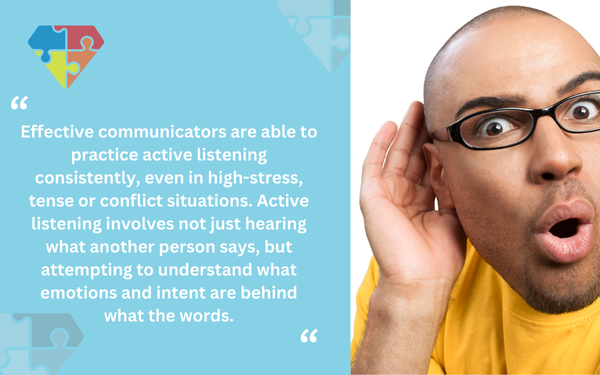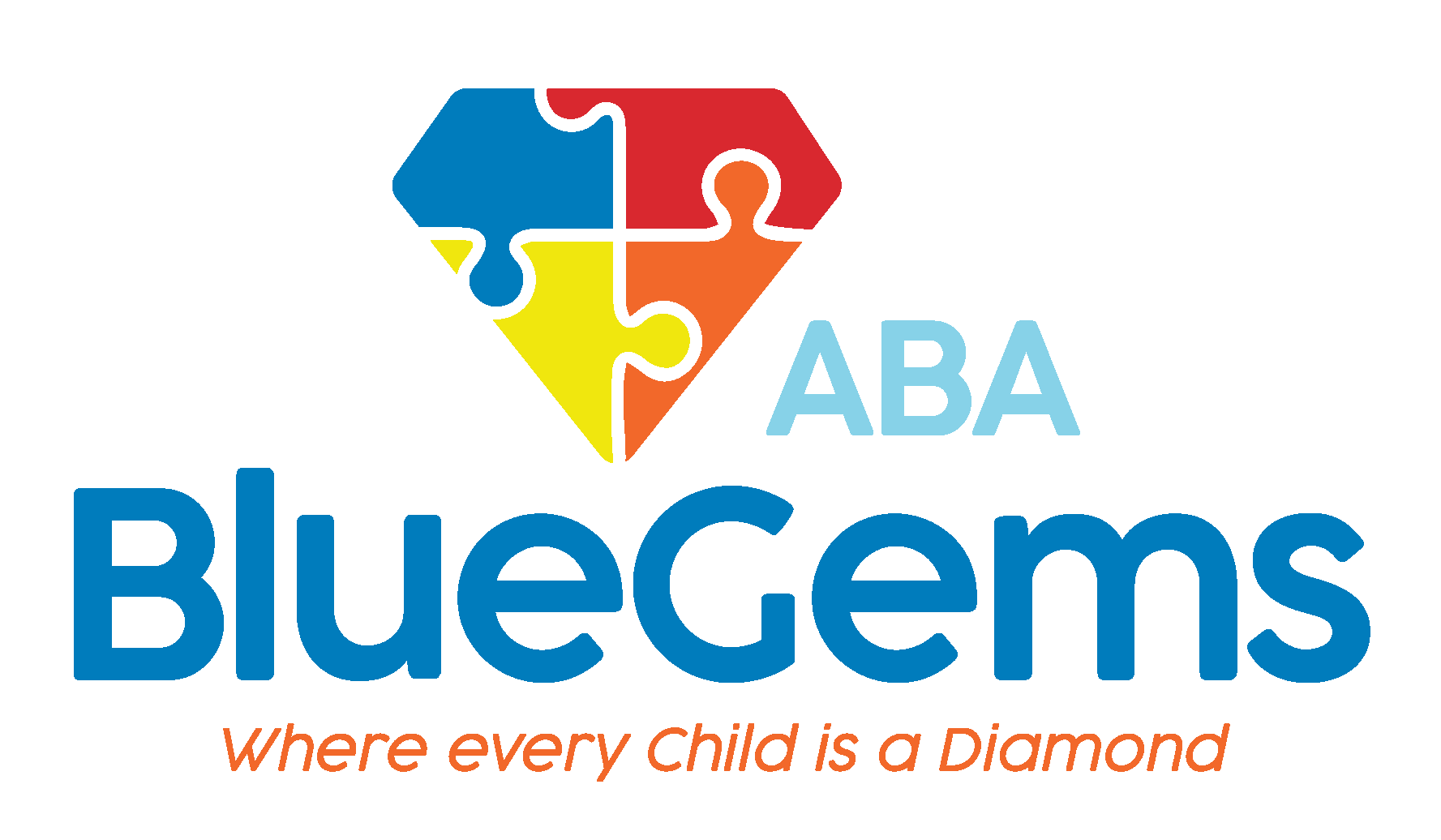How to De-escalate Conflict with Caregivers Professionally
Caregiver involvement is central to the success of applied behavior analysis, or ABA therapy. It plays a vital role in the ability of children with autism spectrum disorder (ASD) and other challenges to generalize the skills they learn during therapy sessions.
Parents, caregivers and other family members are the ones who spend the most time with the child. As a result, it’s important for them to learn how to follow the techniques and strategies used in their child’s ABA therapy so they can reinforce those concepts outside of therapy settings.
The collaborative nature of ABA therapy is one of the reasons why it’s so successful in helping children with autism live as independently as possible.
At times, though, parents and caregivers may disagree with the ABA therapy team, which could lead to conflict. When this happens, it’s important for the therapy team to resolve the conflict so everyone can be on the same page about the child’s treatment plan.
In this article, we’ll discuss how to de-escalate conflict with caregivers professionally.
Table Of Contents
Display Empathy and Understanding
Parents often live stressful lives, and this stress can get in the way of their ability to think straight. Everything from raising the children, to working a job, to balancing the finances and trying to find time for themselves can all add up really quickly to cause a person to become overwhelmed.
Caregivers of children with autism typically face additional pressures and stressors. They might deal with extra emotions than other parents, such as guilt, worry, concern and even anger about their child’s diagnosis. They also might have to juggle additional practical concerns, such as getting their child to and from ABA therapy sessions throughout the week while they try to do everything else needed.
In any conflict resolution, it’s imperative for all parties to try to understand and empathize with each other, and it’s especially true of ABA therapy teams.
The first step to de-escalating conflict is to understand the caregivers’ viewpoint and empathize with their situation. Be understanding of all the pressures and stressors they are likely facing, and empathetic to how this could be affecting them.
Display that empathy and communicate that understanding so caregivers know that you care and that you’re there for them. This will help break down barriers and lead to productive resolutions.
Practice Active Listening
Effective communicators are able to practice active listening consistently, even in high-stress, tense or conflict situations. Active listening involves not just hearing what another person says, but attempting to understand what emotions and intent are behind what the words.

To practice active listening, you must pay particular attention to all information the person is saying; remaining compassionate and calm while they’re saying it, so as to not heighten their emotions more; and then convey back to them that you comprehend what they’re saying and are interested in it.
Active listening also involves both verbal and non-verbal communication. The non-verbal cues such as your facial expressions, body language and tone of voice are just as important — if not more so — than the words you say.
By mastering the art of active listening in this way, you can more effectively de-escalate conflict with caregivers.
Focus on Finding a Solution
Conflict can arise for various reasons. While the reasons why the caregiver disagrees with you, or is upset or angry may vary, there is usually one constant: They just want what’s best for their child.
Luckily, this is the same basic goal that you should have as an ABA therapist.
As such, a good strategy for de-escalating conflict with caregivers is to communicate this fact once everyone is calm. Then, you can focus on finding a solution to whatever the conflict might be.
The “fire,” so to speak, must be put out before you can proceed to this step of the process. Once the mood in the room is calm, you can work together to find a solution.
Work directly with the caregiver to understand what it is they want, and then find solutions that are agreeable to everyone and that, ultimately, serve the child best. When making suggestions, calmly communicate different options and explain the reasons behind them.
Part of the solutions process should also include setting up communication channels, benchmarks, goals and even boundaries. All of this will help to establish trust between the ABA therapy team and the caregivers, and hopefully lead to a reduced chance for conflict in the future.
Blue Gems ABA Work Collaboratively with Caregivers
The input and involvement of caregivers is essential to the success of ABA therapy plans. Conflict and disagreements may happen at times between caregivers and therapists, and if this happens, it’s important to diffuse the situation and come up with meaningful solutions.
At Blue Gems ABA, we work to establish trust with caregivers of our patients so to set up a collaborative environment where the child gets the support they need at all times.
To learn more, please contact us today.




